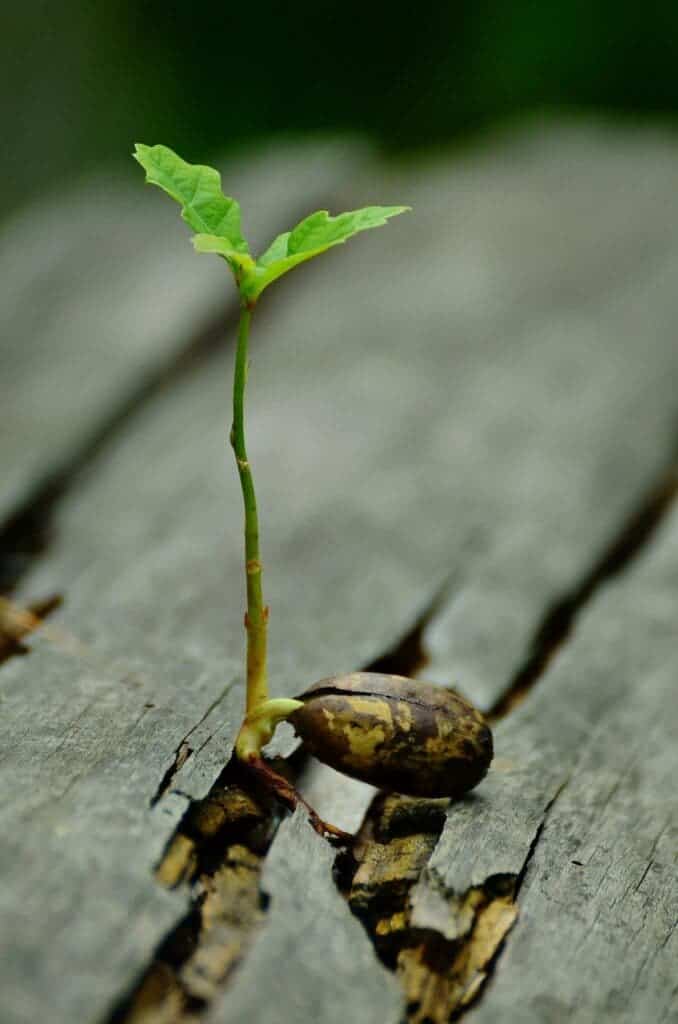A group of Stanford researchers has an unusual pastime: they watch plants grow. Not in real-time, mind you: they speed it up, compressing 100 hours of growth in less than a minute. With this approach and a special robot, they’ve uncovered some surprising things about how roots grow.

Compared to the other parts of plants, we know surprisingly little about roots. The reason is simple, but hard to overcome: they grow underground, as opposed to above it. To overcome this obstacle, several research groups have grown plants in clear gel that allows plant observations.
The Stanford group in biologist Philip Benfey’s lab set up a system where they took a picture every 15 minutes for several days after the plant had germinated, obtaining a time-lapse video of roots growing.
A lot of the time, roots grew in winding, corkscrew-ike movements. This phenomenon reportedly “fascinated Charles Darwin”, says Benfey, and it’s not really clear why it happens.
In the case of shoots, it’s clear why: twining and circling make it easier to latch onto things. But for roots, it’s not clear why it happens. Maybe it makes it easier to burrow into the ground or figure out where “down” is, but there’s still a lot of mystery surrounding this phenomenon. The new study helps shed a bit more light on it.
For starters, researchers found that some plants don’t do the corkscrew movements. When they investigated the cause, they found it in a mutation of a gene called HK1. Plants with a mutant HK1 grow straight down instead of meandering. They also grow down twice as deep, which raises even more questions about roots’ normal winding growth — what do they have to gain in such an inefficient pattern?
The answer could come from Daniel Goldman’s lab at Georgia Tech. Goldman and colleagues carried observations of mutant rice roots that grew over a perforated plastic plate, finding that spiraling roots were three times more likely to find a hole and grow through the other side. So if plant roots encounter an obstacle in their natural environment, straight-line growth would make it much harder to grow through.
The idea was further explored through a soft-pliable robot. The robot unfurls from its tip like a root and served as a root model. Researchers set it loose in an obstacle course with unevenly spaced pegs, without any sensors or any way to sense the pegs.
All the robot had were two inflatable plastic tubes nested inside each other. The inside tube would grow and push from the inside out, making the root elongate from the top, while a pair of contracting “muscles” also made the robot bend from side to side as it grew. With this alone, the robot was able to make its way around the pegs as it grew. But when the bending movement was stopped, it would quickly get stuck in the pegs.
The idea was further tested in a dirt mix used for baseball fields, to mimic obstacles the root would encounter in soil. It confirmed their idea: mutant seeds struggled growing adequately, while the normal seeds had no real trouble. While questions still remain about this process, the theory seems to add up: roots grow in a corkscrew movement because it helps them establish a foothold in unpleasant soils.
Journal References: Isaiah Taylor et al, Mechanism and function of root circumnutation, Proceedings of the National Academy of Sciences (2021). DOI: 10.1073/pnas.2018940118


